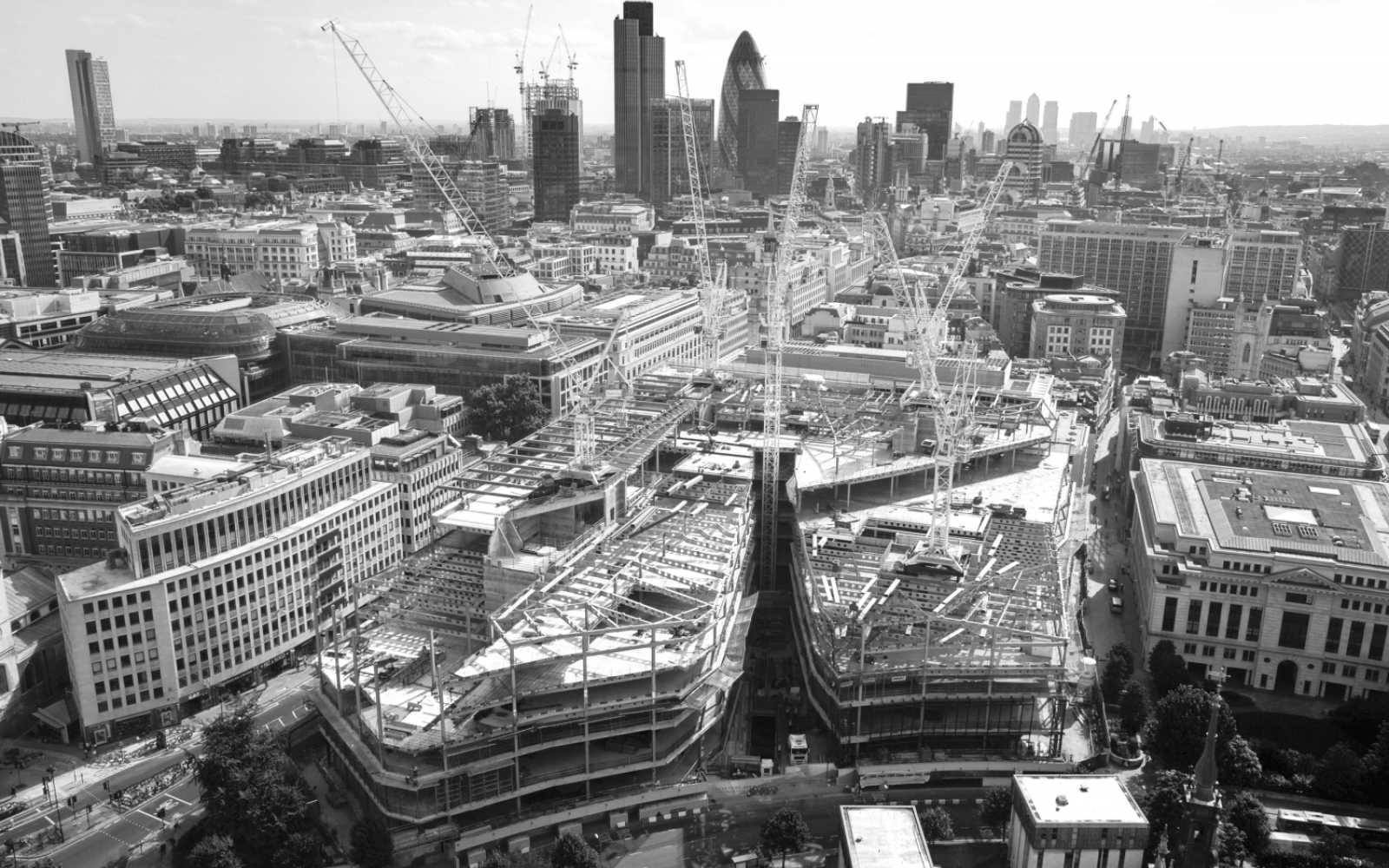While private housing growth is expected to drop to 1%, continued strong expansion in industrial and infrastructure sectors will buoy up the industry after enjoying a predicted 2.5% expansion in 2022.
According to the latest CPA construction forecasts, the industrial sector, which covers activity on warehouses and factories, is forecast to be the fastest growing sector in the next two years.
CPA Summer construction forecast
Output is forecast to rise by 15% in 2022 and 9.8% in 2023, as activity continues to be boosted by the strength of online retailing and manufacturers’ need for increased stocks given the persistence of supply chain issues over the last two years.
Key points
Infrastructure, the second largest construction sector, will also be a key driver of growth with output expected to rise by 8.5% this year and 3.8% in 2023.
Long-term pipelines of work in regulated sectors such as roads, rail, water and electricity will also support contractors, boosted by major projects like HS2 and Hinkley Point C.
CPA Economics Director Noble Francis said: “Construction activity is likely to remain strong near-term due to projects already signed up to, especially in the buoyant infrastructure and warehouses sub-sectors.
“However, construction is not immune to the effects of the wider economy.
“Over the next 12 months, the rapidly rising cost of living, slowdown in economic growth and falls in consumer confidence and spending will undoubtedly impact on private construction investment going forward.
“In addition, rising labour and materials prices are likely to mean that the industry sees the value of output previously expected but not the volume.
“This is particularly the case for public sector construction in the longer-term, in which government departments and local authorities are likely to find themselves hamstrung by frozen budgets and rising construction costs.”
He added that central government projects would also be affected as there will be no further finance beyond November 2021’s Spending Review. This is despite an ambitious infrastructure pipeline and strong cost inflation.
With the wider UK economy expected to contract in 2022 Q4, there remains uncertainty regarding how long housing can remain buoyant.
The CPA anticipates that UK annual house price inflation will slow to 6% this later this year and 2.5% in 2023 – as lower housing demand is partially offset by a lower supply of homes onto the market unless unemployment rises significantly and increases the number of forced sellers onto the market, suppressing house prices.
Near-term concerns for major house builders focus on mortgage availability after the end of Help to Buy in March 2023.
Other key issues for houses include planning and rising costs of materials, labour and meeting the new Building Regulations.
Private housing output is forecast to rise by 1.0% in 2022 and remain flat in 2023.
Private housing rm&i – the third largest construction sector – has been a key driver of activity over the last two years due to the ‘race for space.’
Output is currently 20% higher than pre-pandemic but firms report that smaller, discretionary spending on improvements activity is already falling away, albeit, from a historically high level.
Private housing rm&i is the sector most exposed to changes in consumer confidence and real incomes.
It is also the sector that is most exposed to materials and products cost inflation, as small contractors are less able to plan and purchase in advance for projects.
Overall, rm&i output is expected to fall by 3% this year and a further 4% next year.




